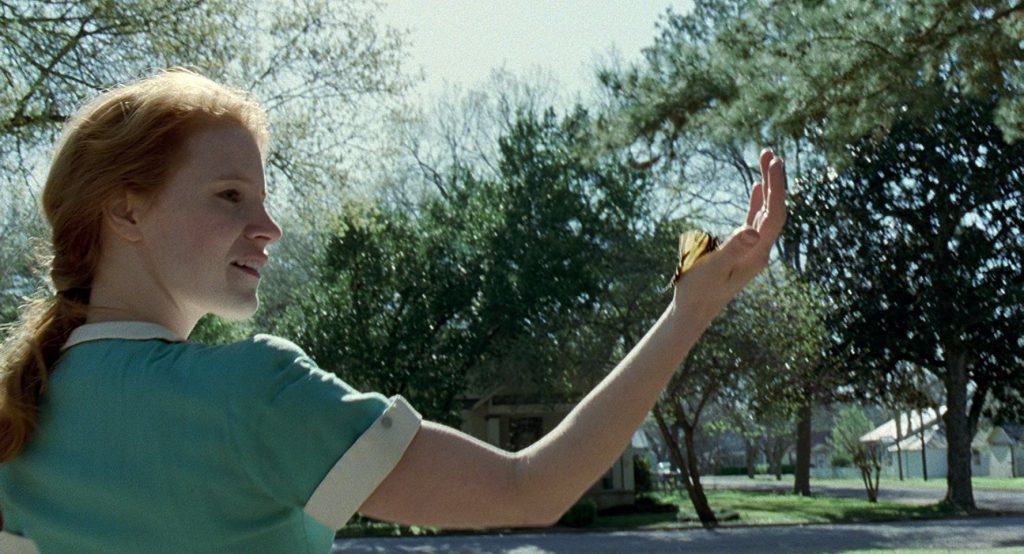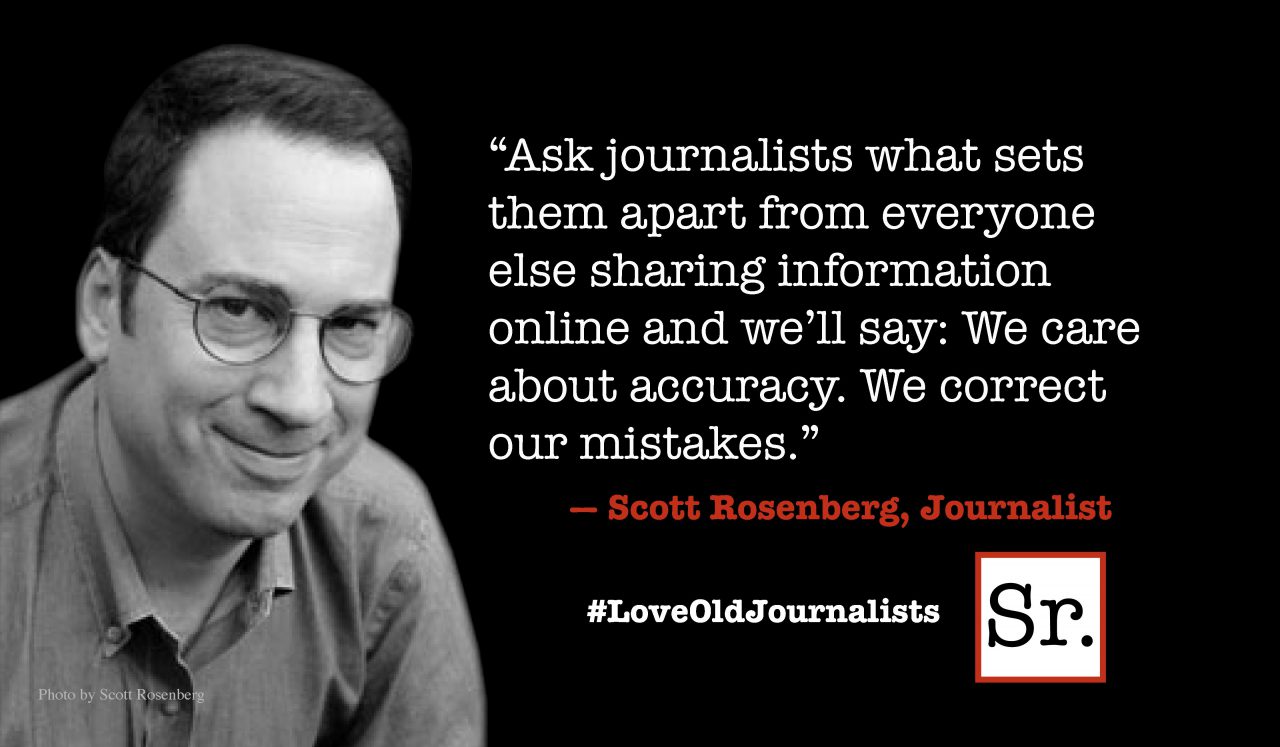“The Tree of Life” is a sublime, transcendent movie experience.
“The Tree of Life” is like watching your car rust.
That both of the above statements are true only goes to show the uniqueness of the latest effort from the reclusive Terrence Malick.
In fact, you’d have to go back to 1968 and “2001: A Space Odyssey” to find another motion picture like it. Both films exploit Hollywood’s awesome resources (Brad Pitt! Space ships! Computer-generated dinosaurs!) to capture one man’s intensely personal vision, all the while flipping the bird to the expectations of the mass audience.
Even today one can watch Stanley Kubrick’s space opera with varying degrees of this-is-brilliant and gimme-a-break; “The Tree of Life” is just as contradictory.
The latest from Malick (only five feature films in a career of more than 40 years) is the story of one family, but in fact it attempts to distill the very experience of being human.
More than that, even, it’s a God’s-eye portrait of our planet, of its birth in the fires of creation and the life with which it teems.
If that sounds like a recipe for pretentiousness…well, it is. At its May debut at Cannes, “Tree” was greeted with both rapturous sighs and hostile booing before walking off with the festival’s top prize.
It’s anything but a typical movie. It’s not for wimps.
Here Malick, who in recent years (“The Thin Red Line,” “The New World”) has drifted away from traditional narratives in favor of impressionistic tapestries woven from sight and sound, attempts to capture an entire life.
He does so not with a conventional story but through the accumulation of countless small details. “Tree” does not seem to have been written; rather it feels like a distillation of moments — few of them overtly dramatic — collected during years of careful observation.
What’s it about? Well, it’s about two and a half hours.
Sorry. Old movie joke…a last gasp at humor before plunging into the utterly humorless but profoundly moving world Malick has fashioned.
“Tree of Life” is about a Texas clan in the 1950s. It’s about enjoying the innocent boyhood of that era.
It’s also about deep parental love and lacerating family dysfunction.
And it’s about looking back on one’s childhood and trying to take stock of the person you’ve become.
Except that this description makes “The Tree of Life” sound much more structured than it really is.
This film has very little dialogue and nothing like traditional exposition. It exists in a cinematic fugue state. We’re drifting through one man’s memories.
That man is Jack, played as an adult by Sean Penn, who looks like he has perennial stomach problems. Jack is some sort of professional (an architect, perhaps?) working in a high-rise office building. He was married but apparently that went south.
But the grown-up Jack is rarely on screen. Most of the film unfolds a half-century earlier during the childhoods of the young Jack (an excellent Hunter McCracken) and his two brothers.
Their lives are in many ways idyllic. Swimming. Playing in the woods. Roughhousing.
Their freckled, red-haired mother (Jessica Chastain) is kind, nurturing and loving.
Their father (Pitt), on the other hand, comes at parenthood from the perspective of a Marine D.I. preparing raw recruits for combat. It’s not that he doesn’t deeply love his boys…but it’s a form of tough love that borders on abuse. A slamming screen door can bring down a world of woe on a thoughtless youngster.
To the extent that “Tree” has a dramatic impetus, it’s in the contrast between these two characters and the strain their different outlooks have on the marriage…and on their sons.
Malick approaches all this tangentially. One scene blends into another. Time hangs suspended. The film often cuts away to vignettes from nature: raging cataracts, sunsets, insects, leaves gently flapping in the breeze.
The film is such an exercise in obliqueness that we never learn most of the characters’ names.
The limited dialogue is matter of fact and terse. But “Tree of Life” is forever employing whispered voiceover narration to reveal what the characters are thinking. Often they’re praying for understanding, wisdom and patience.
All this would be enough challenge for most moviegoers, but a half hour into “The Tree of Life” Malick delivers a jaw-dropping 20-minute sequence that stands alone in the history of cinema.
Basically he gives us a creation story, moving back and forth between the molecular and the cosmic. We see solar systems being formed, lava erupting, cells dividing, species evolving. There’s a brief but utterly convincing tableau set in the Jurassic (yep, dinosaurs).
There’s no narration here (like the “stargate” sequence in “2001,” we’re expected to come to our own conclusions). But the use of classical music — especially chorale works and Smetana’s haunting “The Moldau” — gives “Tree of Life” the feel of a church service.
Like a modern-day William Blake in awe of the world, Malick is trying desperately and poetically to express that glory.
I’ve heard (I don’t know it for a fact), that some of the elements in “Tree of Life” are autobiographical, that Malick had a doting mother and a critical father, came from a fiercely religious background, that he was one of three brothers and that one of his siblings died.
If that’s true then it merely re-emphasizes the miracle of “Tree of Life’s” existence. Hollywood rarely tolerates personal movies, doesn’t trust them, doesn’t like them. And yet here we have one man’s take on not just his own life but that of our shared planet, using state-of-the-art technology and one of our biggest movie stars.
“Tree of Life” ends with an achingly beautiful emotional coda that gathers all the characters — including both Jack’s grownup and childhood selves — on a beach at sundown, surrounded by people in the dress of various cultures.
It’s a vision of the brotherhood of man united in an eternal moment, and while the cynic in us may want to snort, we don’t. Somewhere deep inside us Malick has flipped a switch.
He may have irritated us with his languid pacing, his refusal to speak clearly and concisely, his refusal to connect the dots for us.
But in “Tree of Life’s” final moments he nails the essence of being human so beautifully that resistance is futile. We’re all inhabitants of his (His?) world.









